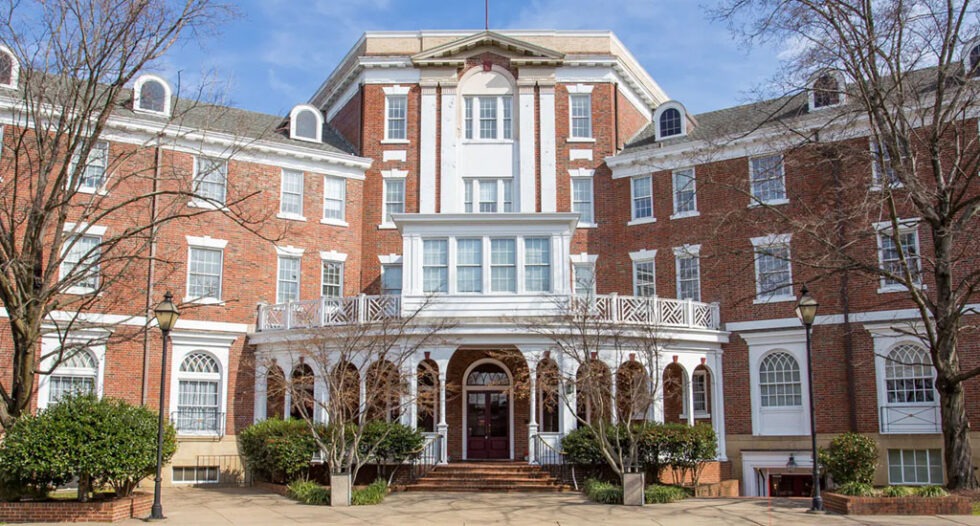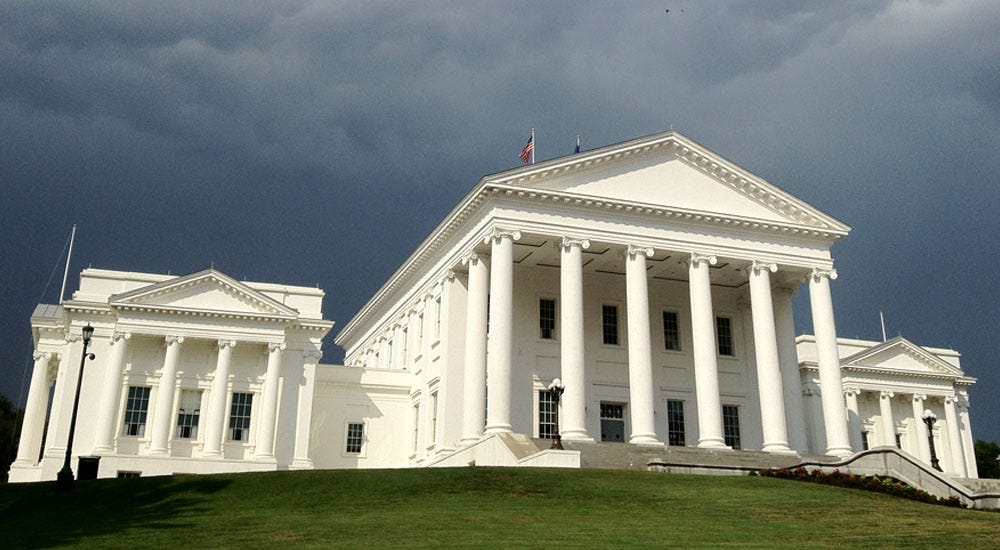
In Utah, the problem of homelessness gripped the state. Programs were established to study the problem, shelters built, and salaries paid. No one really seemed to be able to figure out how to resolve the problem of chronic homelessness until conservative Utahns picked up the work of NYU psychologist Sam Tsemberis and stumbled upon the grand solution: give them homes.
The end result? Homelessness dropped by 72% over the last nine years, a remarkable statistic. The cost of giving homeless people homes was about half of the cost of taking care of them day-to-day through jail time, emergency room visits, and the cost of sheltering them. Utah is now on its way toward ending chronic homelessness altogether by 2025.
Americans speak long and loud about life and liberty, but when it comes to the pursuit of human happiness, that pursuit begins with a home.
Fredericksburg’s recent tussle over Accessory Dwelling Units (ADUs) notwithstanding, the question over whether Fredericksburg can absorb more ADUs remains up in the air. Proponents suggest that Fredericksburg is a city designed for clean and affordable ADUs. Concerns over ADUs run the gamut from parking more vehicles on already crowded city streets to problems with existing ADUs and rental units.
Yet the real issue is far more expensive than a handful of ADUs. This region has seen explosive growth over the last 20 years, and while efforts have been made to corral and guide new development through growth corridors and the like in Spotsylvania and Stafford, the real crux of the issue is and remains housing — its availability and affordability.
Critics will argue that the sort of housing density we are seeing in Fredericksburg and elsewhere is too unaffordable for many young people struggling to establish themselves in the world. Yet it should strike most that the problem is not so much affordability as it is scarcity.
…and building more homes is a great solution for housing scarcity.

source: UK Economist
This isn’t a localized problem. Recently, the UK Economist outlined what is becoming an increasingly difficult problem to digest:
Between 2000 and 2020, the number of homes for every 100 people rose in Britain from 43 to 44. In America it went from 41 to 42, and in Australia from 40 to 41. In New Zealand population growth outpaced construction, and the number of homes per 100 residents fell slightly, to 38. In France by contrast, the figure was already 50 in 2000, and had risen to 55 by 2020; in Germany it went from 47 to 52, and in Japan from 42 to 49 (see chart 1).
Of course, planning is meant to decrease the problem of sprawl. Yet something goes sideways when localities view young families as liabilities rather than resources and assets. In Virginia, localities have to pick up roughly half the cost of education, one that residential real estate taxes do not entirely cover.
This ultimately becomes the dirty little secret about most planning departments in high growth localities, because while the need for affordable housing increases, such housing isn’t affordable for localities trying to meet the needs of public education, public safety, and the local administration. To make matters worse, much of the English-speaking world adopted Victorian-era biases against apartments and flats, believing them to be breeding grounds for slums and poverty.
The end result? In France, 44% of the population lives in apartment housing, whereas 80% of Britons live in homes and only 8% life in apartments. In the United States, 17% live in apartments with 70% living in detached housing.
So if the solution to housing scarcity is to build more homes, then where — pray tell — should they be built? Whom — ask local planning departments — should catch the grenade of more schools, more deputies, and wider (but not necessarily better) services?
If one is in Fredericksburg proper, one need look no further than the Old Mill District near Carl’s and the 2400 Diner — particularly in the area around the old Mary Washington Hospital. Imagine Scott’s Addition in Richmond teeming with life and energy there with a few thousand new apartments in a mixed-use setting. Such grand thinking would alleviate the pressures on Downtown Fredericksburg to balkanize itself into ADUs in an effort to cater to affordable housing pressures.
In Spotsylvania we can already see efforts to turn the area around the Spotsylvania Mall into a version of Henrico County’s Short Pump, which is presently reaping the rewards of a 2014 multi-million overhaul (Central Park, you’re next). Spotsylvania Courthouse is not only developing its own town square, but Keswick right around the corner continues to be a destination point. This isn’t even beginning to touch the area around Germanna Community College, where new roads and new planning could create another vibrant and marketable area to raise a family, work, and live.
Local planners and politicians will shudder at the human cost of more families moving into their localities. Yet the very moment we begin thinking for the sake of government planners rather than local families, one suspects we have lost the plot. Economies are built on people, businesses are built on people, schools and roads may cost money in the long run, but they too service people — not local and state planners.
Creating scarcity by design has not served Virginia localities well over the last 20 years, and in fact creates problems for a rising generation whose opportunity to achieve the American dream becomes more myth than reality. Making it harder to live in the Fredericksburg area may fix problems for planners, but it does precious little to bring housing costs back down to earth. Rather, such policies create new problems making our present ones intractable.
Home ownership gives every person a stake in this thing we call America. Focusing on ADUs is merely treating symptoms rather than addressing cures. Tossing working class families around like a hot potato among various regional localities isn’t a solution either. Those looking for solutions can find plenty of examples where increased density and mixed-use development provides the tax base required to soften the blow of increased services.
After all, it doesn’t matter how low the tax rate is if rent is $2,400 a month.
If we want affordable housing? Build more homes. Does that mean we need to bulldoze every empty space in Downtown Fredericksburg to do it? Of course not — yet it stands to reason that there are places indeed where box stores and unused lots could be put to higher and better use by young families, tech centers, strollers, breweries, coffee houses and restaurants. Might be the best way to preserve what makes Historic Fredericksburg so special by alleviating the pressure and steering it to within walking distance.





